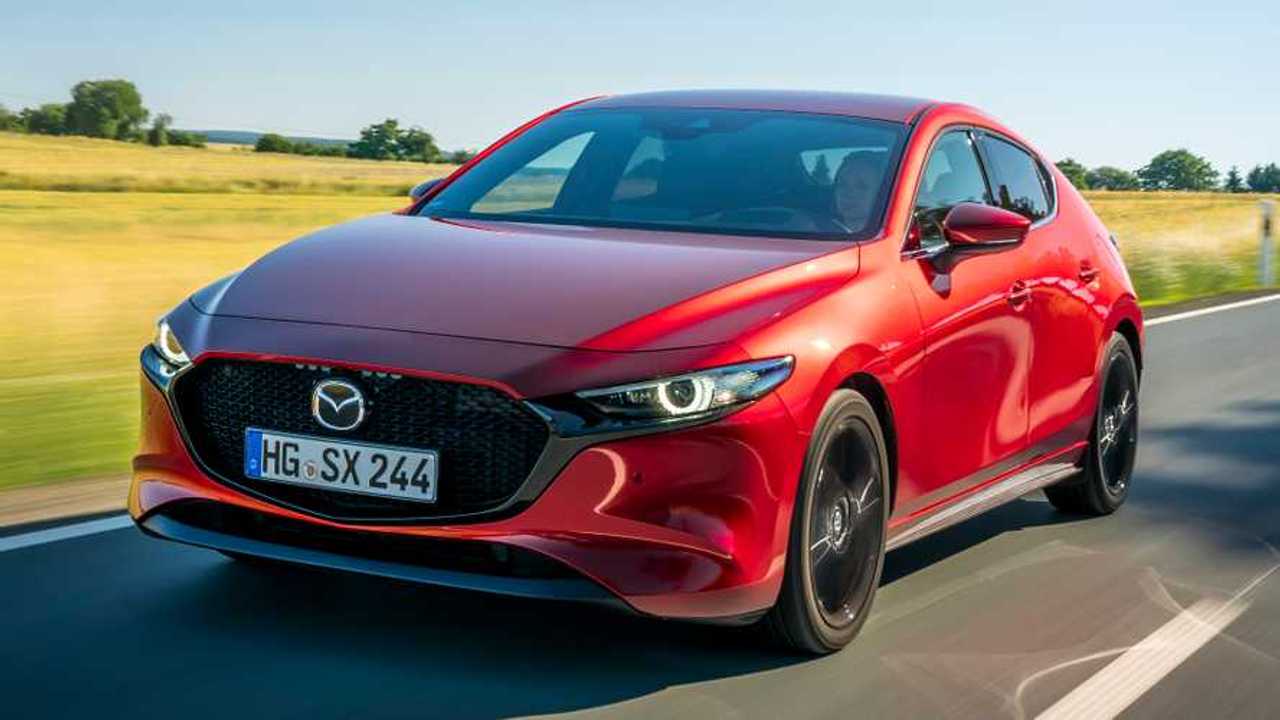Every car owner who braves harsh winters knows the lingering concern that comes as the snow melts: rust.
The damage rust can cause is much more than skin-deep, potentially undermining a vehicle’s structure, ruining its appearance, and slashing its resale value.
Some manufacturers invest heavily in innovative rust protection, shielding drivers from frustrating surprises once spring arrives.
Others, due to cost-saving measures or older technologies, produce vehicles that simply surrender to the elements after only a few frosty seasons.
Car shoppers must weigh these rust-related factors carefully, especially if they live in regions plagued by snow, salt, and fluctuating temperatures.
Examining cars with robust rust-proof coatings alongside those infamous for rapid deterioration offers practical insights for both buyers and enthusiasts. Learning from shining examples and cautionary tales alike empowers consumers to protect their investments.
Rust-resistant vehicles enjoy a longer lifespan, fewer cosmetic worries, and maintain impressive value, making them a frequent subject of praise. Conversely, cars prone to quick rusting cost more down the line, even those that offered attractive deals at purchase.
This article explores five cars celebrated for their rust-proofing alongside five vehicles notorious for surrendering to rust, providing context and details for each. Such comparisons help buyers and owners make educated decisions that can withstand winter’s worst.
Also Read: 5 Vehicles That Hold Original Paint Perfectly and 5 That Chip By Year 1
Five Cars with Rust-Proof Coatings
For those living where snow and ice are a fact of life, the quality of a car’s rust protection is critical. Today’s top contenders for rust resistance feature advanced galvanization, underbody coatings, and waterproofing, all aimed at keeping both climate and chemicals at bay.
These models shine not just because of their technology, but also due to a genuine commitment from manufacturers to surpass basic quality standards.
The following five vehicles are widely regarded not only for their mechanical reliability and driving experience, but, just as crucially, for their ability to shrug off the effects of road salt, wet winters, and everyday exposure.
Manufacturers earning a reputation for rust resistance invest in better materials, advanced paint systems, and manufacturing processes that focus as much on the unseen underbody as they do on the visible body panels.
Often, this results in vehicles that stay looking newer for longer, and which pose fewer headaches for their owners, whether at annual inspections or when selling down the line.
Highlighting these five models serves as both a credit to progress in automotive engineering and a handy guide for those wanting peace of mind through tough winters.
Each vehicle discussed here has demonstrated real-world longevity in rust resistance, often reflected in owner testimonials, mechanic reports, and industry studies.
As you read about these cars, you’ll see why experts and owners alike recommend them for reliability and durability, especially in areas where Mother Nature tests every surface to the limit.
1. Toyota Tacoma
The Toyota Tacoma, particularly in its recent generations, has set a high bar for rust protection thanks to key updates in manufacturing.
Not long ago, earlier Tacoma models were known for frame rust issues so severe that the company initiated a massive frame replacement recall. Toyota responded decisively, retooling the build process to address the problem at its roots.
This about-face was not merely cosmetic or marketing-driven; it resulted in a genuine step forward for truck durability in severe climates.
Today’s Tacoma features improved frame coating, advanced galvanization, and a focus on closing potential water entry points that could trap moisture.
Toyota uses e-coat (electro-deposition primer) over the chassis, which drastically improves coverage compared to older spray methods.
This attention to detail has made Tacoma a favorite among tradespeople, adventurers, and anyone who can’t afford the hidden costs of rust. Consistently strong reviews from owners in northern states and Canada back up Toyota’s claims.
Inspection of three- to five-year-old models shows minimal surface rust, and underbody components hold up remarkably well even after repeated exposure to salt and snow.
Why focus on the Tacoma? Its journey from rust-prone to rust-resistant perfectly illustrates how manufacturer accountability and customer feedback can bring about real-world improvements.
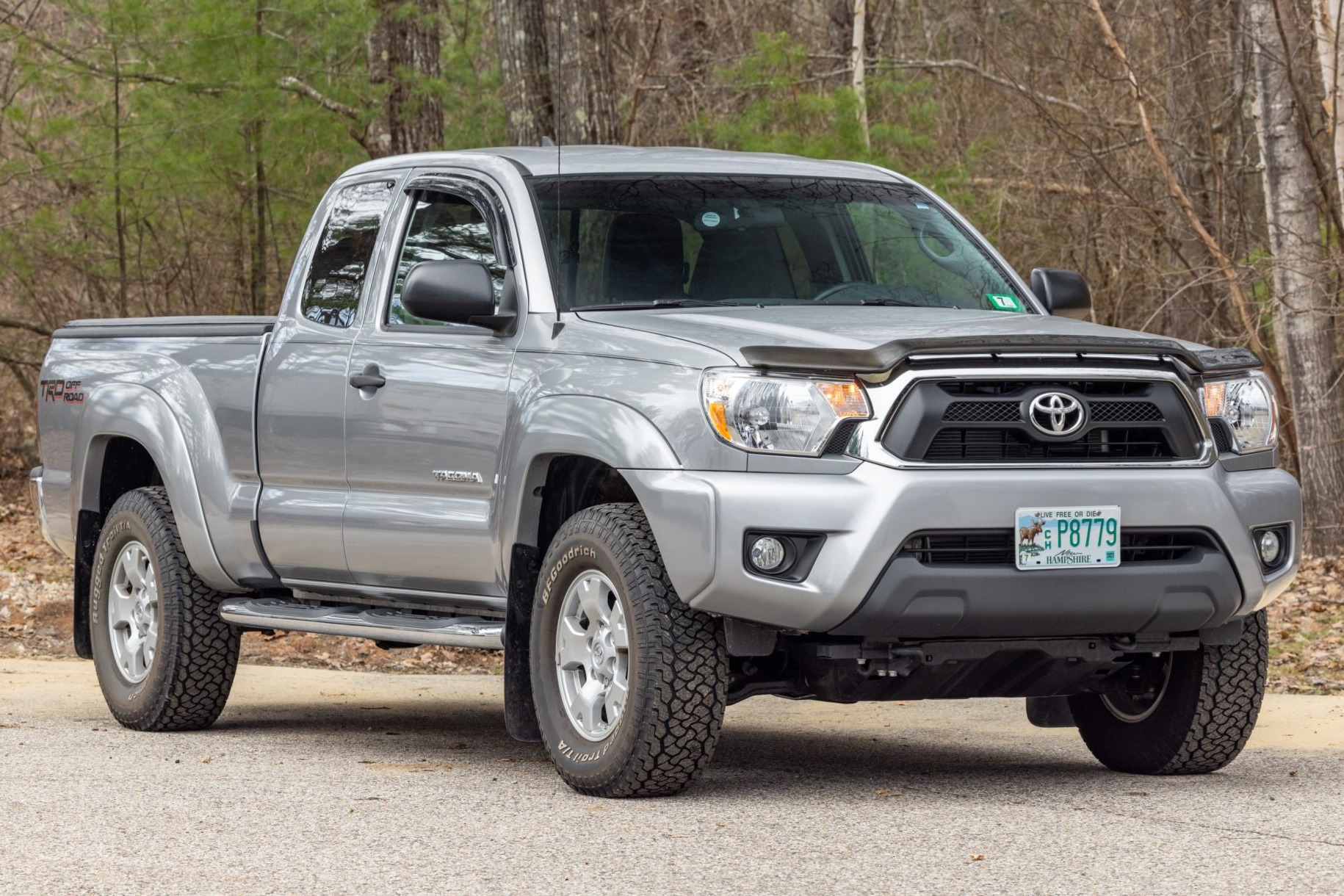
Consumers looking for a mid-size pickup with the promise of long-lasting, corrosion-resistant underpinnings increasingly turn to the Tacoma, knowing that Toyota’s engineering changes were designed not just to patch a problem, but to future-proof a beloved model.
As a symbol of learning from the past, the Tacoma makes a strong case for best-in-class winter durability.
2. Audi A4
Audi’s reputation for attention to detail is often reflected in the longevity of its cars, and the A4 is no exception. The company’s extensive use of galvanized steel zinc coating every body panel has transformed the A4 into one of the most robust sedans available in terms of resisting rust.
Starting decades ago, Audi shifted to full-body galvanisation for most of its lineup, ensuring that water and deicing chemicals find it difficult to penetrate the vehicle’s exterior.
Modern Audi A4s also utilize strategically applied cavity wax and injected foams in doors, sills, and tight body spaces. This isn’t merely for sound insulation; these measures actively repel moisture, which is the initial culprit behind corrosion.
The German automaker’s paint layering is another asset, with multi-stage paints providing an extra barrier against chipping and underbody damage from road debris.
A4 owners often note that cars reaching ten years old still possess bodies free of bubbling paint or panel swelling common signs that rust is festering beneath the surface.
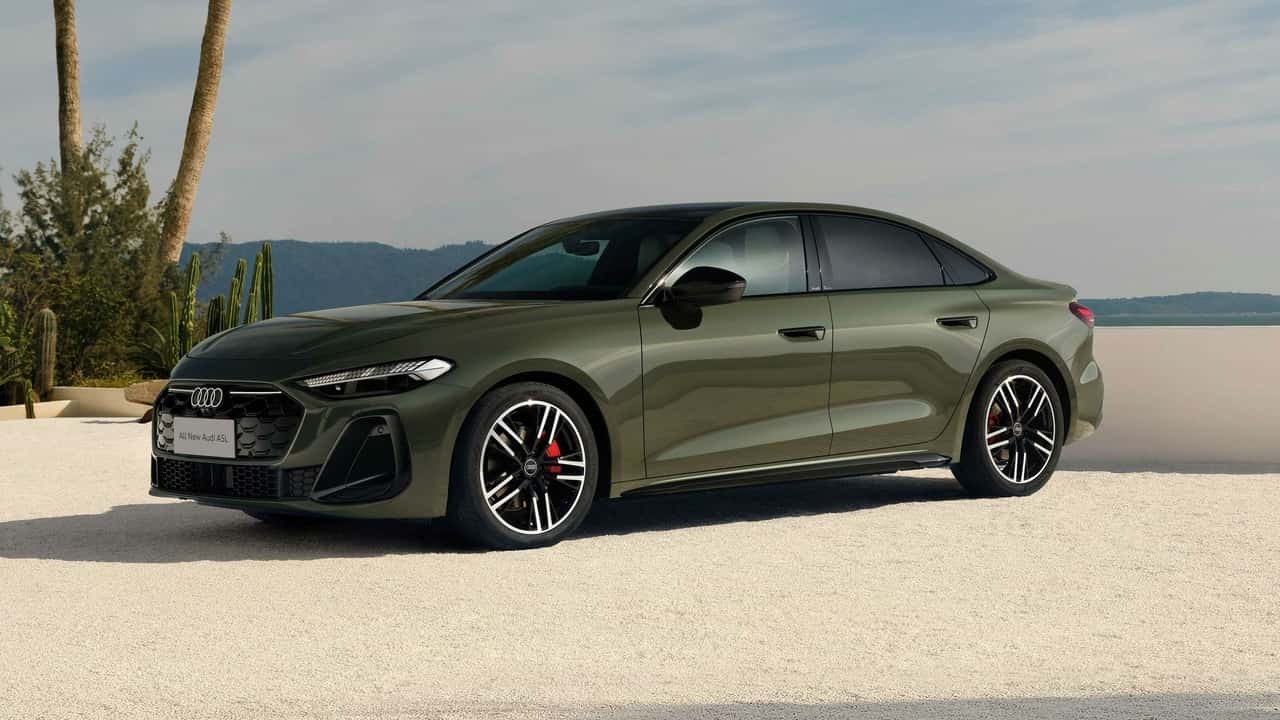
These testimonials, combined with low rates of failed vehicle inspections due to rust, cement the A4’s place at the top of the sedan heap, particularly in rust-prone areas.
For drivers who crave luxury and all-weather dependability, the Audi A4 offers peace of mind rarely matched by rivals. Its proven ability to stand up to salty, wet winters keeps resale values high and maintenance headaches low, justifying its presence on every rust-proof shortlist.
3. Honda CR-V
Honda’s CR-V has become a perennial favorite in North America, and a big factor behind its popularity is its resilience when faced with harsh winters.
Over successive model years, Honda has refined the CR-V’s anti-corrosion tactics, responding to early complaints about fender and wheel arch rust.
Modern CR-Vs benefit from comprehensive underbody coatings, improved seam welds, and plastic or composite fenders, which offer no target for rust at all.
In addition to galvanization and thick undercoating, Honda pays close attention to drainage pathways.
Since water accumulation in hidden nooks is a fast track to corrosion, the design team engineered specific channels that let water flow away from critical body cavities. The use of wax-based sealants further guards internal sections against moisture infiltration.
Owner experiences reinforce Honda’s claims, with reports of decade-old CR-Vs displaying minimal signs of corrosion, an impressive feat considering their popularity in Canada and the northern US.
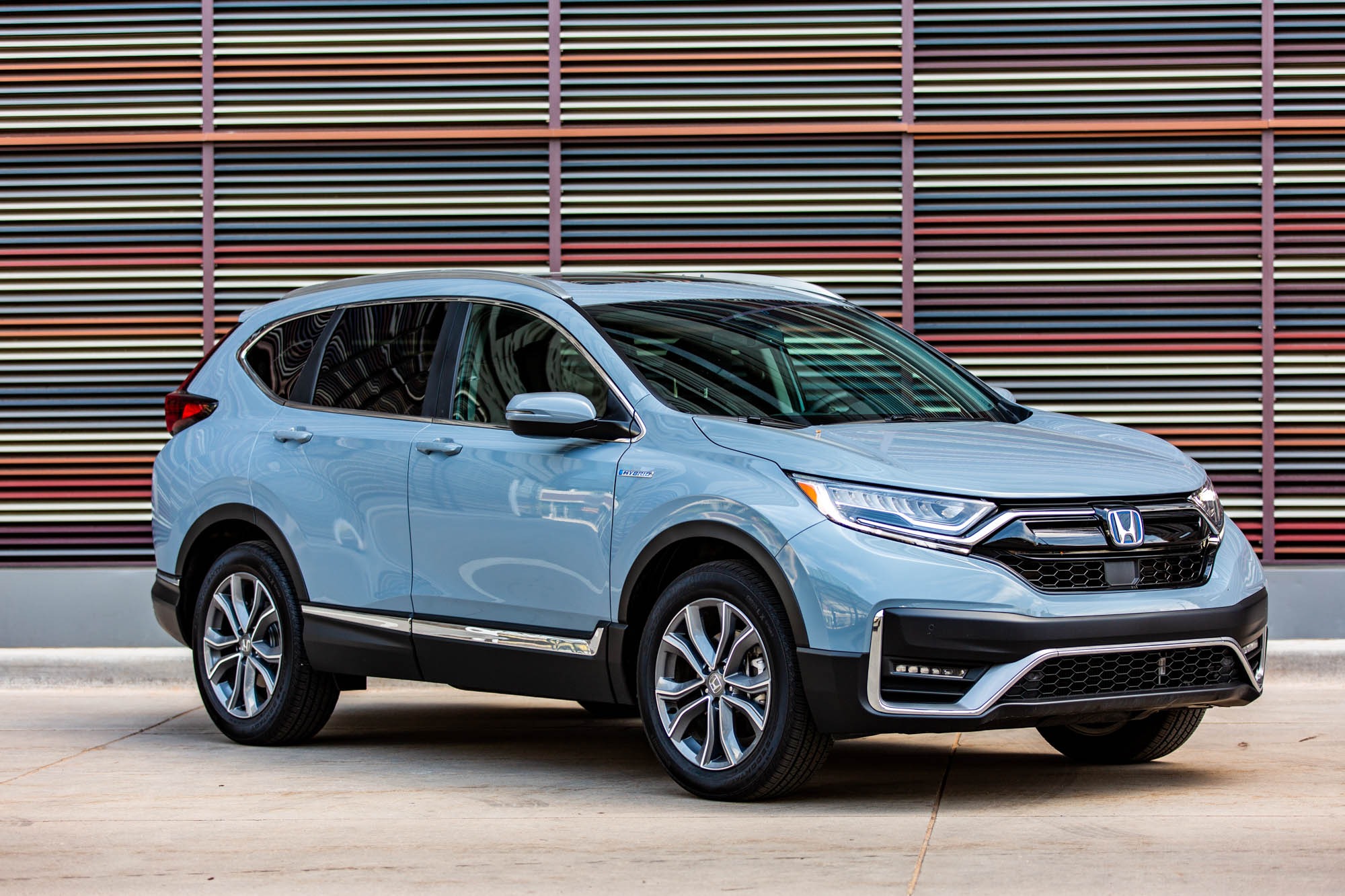
These SUVs stand up to road salt and slush, largely avoiding the infamous rear wheel well rust that plagues older vehicles.
The CR-V makes the list not just as a practical family vehicle, but as a clear example of how continuous improvements to design, materials, and factory processes can dramatically reduce rust risk for daily drivers in snowy climates.
4. Subaru Outback
For regions where winter driving is a way of life, the Subaru Outback is nearly synonymous with confidence and reliability. A significant reason for its enduring popularity is Subaru’s all-encompassing anti-corrosion engineering.
Starting at the frame, the Outback’s underbody benefits from generous applications of seam sealers and rock guards vital features for vehicles destined to face gravel, icy roads, and miles of deicer each winter.
Subaru’s use of galvanized steel for all major body panels, coupled with thicker paint and specialized wheel well liners, makes it incredibly difficult for salt-laden slush to take root.
Attention to small details, such as rubberized plugs and drain holes in doors and sills, further limits trapped moisture. These construction elements evidence the brand’s understanding of real-world winter challenges.
Outback owners report high satisfaction when it comes to long-term appearance and chassis longevity. Inspections of older models frequently show that, while normal wear occurs, significant structural rust seldom appears unless serious neglect is involved.
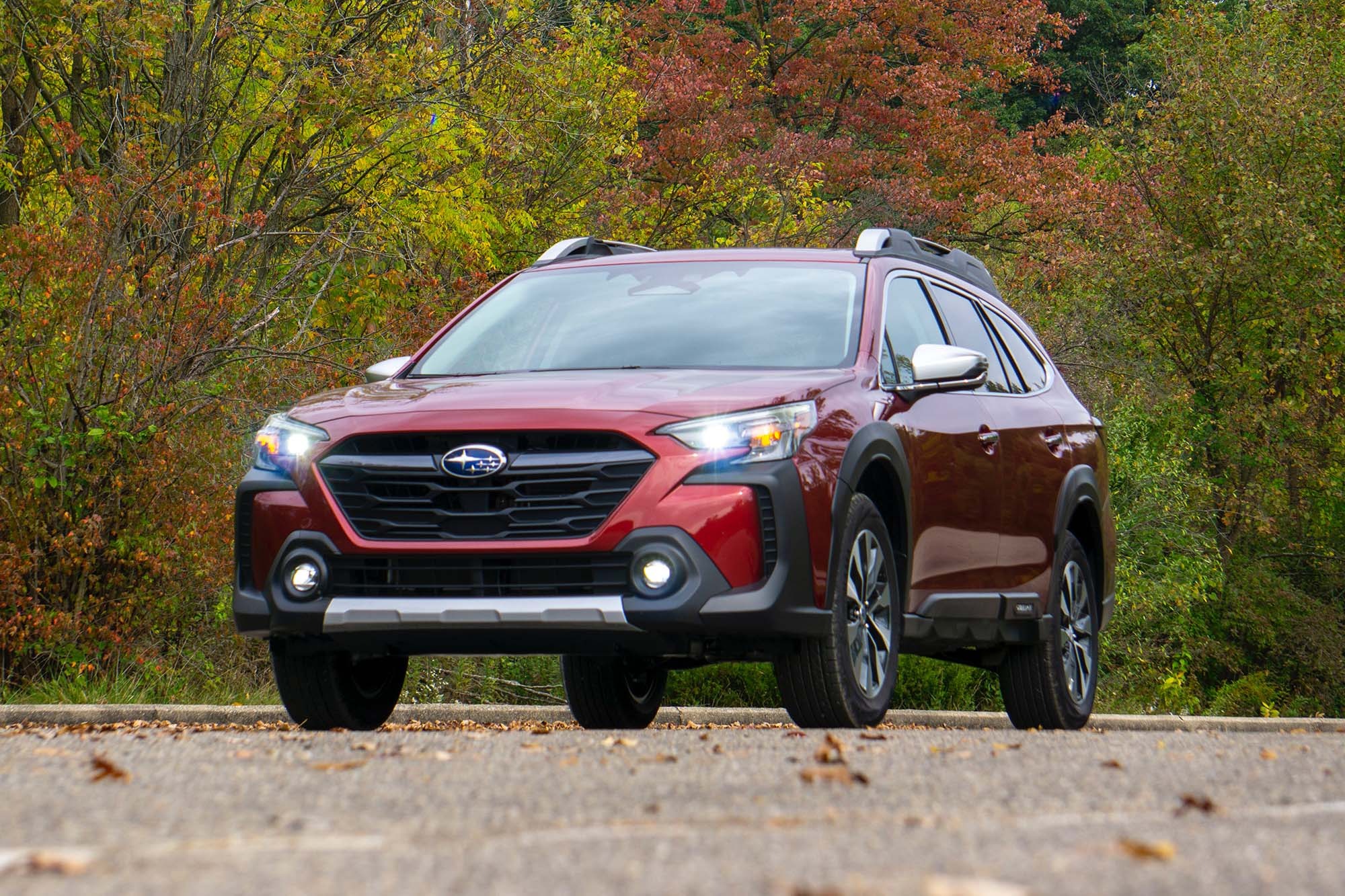
Considering Subaru’s commitment to all-weather capability, the Outback’s rust resistance turns what could be a seasonal vulnerability into a year-round strength.
For rural or urban drivers alike, the Outback stands out as a thoughtfully engineered answer to winter’s corrosive assault, worthy of its place on any rust-proof comparison.
5. Volvo XC90
Swedish automaker Volvo has a legacy of building vehicles for extreme climates, and the XC90 SUV is arguably one of the best defenses a driver can mount against rust.
The body structure is constructed of high-tensile, double-galvanised steels, and the undercarriage is protected by extensive coatings and smartly placed liners.
Volvo goes further by employing composite body panels in areas most exposed to spray from tires, blocking off the nearly constant barrage of slush, salt, and grit.
One innovation Volvo brings is the integration of sacrificial anodes in certain areas these metal elements attract corrosion, sparing other critical frame parts.
The vehicle’s multiple layers of primer, paint, and clear coat act as further deterrence. Additionally, the robust weatherstrip systems around doors and hatches keep interior panels dry even in staple freeze-thaw cycles.
Why focus on the XC90? It exemplifies a proactive approach to climate challenges. Owners in Scandinavia, Canada, and the northern US frequently share stories of XC90s amassing high mileages with little to no visible rust, even after years of difficult winters.

The thoughtful deployment of advanced materials and protection measures echo through every aspect of this SUV’s design.
For customers who want confidence through salty, icy seasons, this is a model that reliably preserves both form and function through years of service.
Five Cars That Turn to Rust After a Few Winters
For every vehicle engineered to resist the ravages of winter, there are many others that sadly fall short.
The auto industry is full of stories where early cost-cutting, outdated designs, or manufacturing blind spots led to cars becoming infamous for visible and structural rust in record time.
For buyers unaware of these shortcomings, the reality can be both frustrating and expensive: rust can appear not just on body panels, but also beneath the surface where it quietly erodes safety and resale value.
Highlighting five cars that struggle with rust is not just a deterrent it’s an opportunity for present and future owners to understand why some models are best avoided in challenging climates. The reasons for vulnerability are varied.
Often, inferior or discontinued rust-proofing methods are at fault. Sometimes design flaws trap slush and moisture, setting the stage for corrosion. Whatever the cause, the effects on ownership are considerable.
Spotting these patterns helps car consumers avoid unnecessary regrets. Attention to rust-prone models is a public service rarely discussed outside enthusiast forums, but important for anyone planning to keep a vehicle for more than one winter.
Each car discussed in this section represents a visible lesson in the unintended consequences of design decisions, manufacturing shortcuts, or simply an underestimation of the winters many drivers face.
Each explanation reveals the issues, owner experiences, and why these models consistently appear in lists of cars to avoid if winter is on the horizon.
1. Chevrolet Silverado (Pre-2014 Models)
The Chevrolet Silverado, especially models manufactured prior to 2014, is notorious for succumbing to rust even in its early life.
Many owners in northern states and Canada share stories of visible frame corrosion, compromised brake lines, and holes appearing along the rear fenders and rocker panels within a handful of winters.
Unlike newer versions, which benefitted from GM’s later focus on corrosion-resistant materials, these older Silverados were built using less advanced protective coatings on both frame and body panels.
Several design flaws contributed to this outcome. For one, the truck’s underside was peppered with open seams and poorly drained cavities, allowing salty slush to accumulate and go unchecked.
In addition, thinner paint, a lack of sufficient undercoatings, and an absence of drain pathways made it easy for moisture to persist.
Some regions even saw corrosion so severe that recalls for brake line replacements were issued, further underlining GM’s oversight regarding winter resilience.
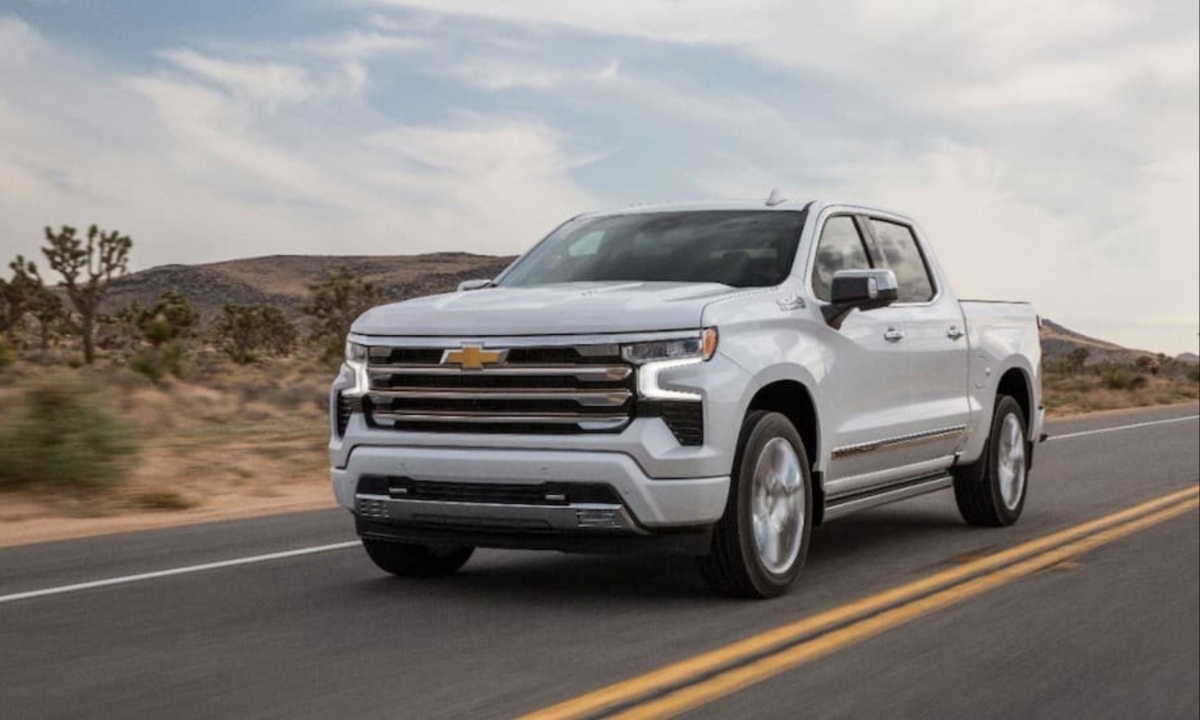
The Silverado’s failings serve as a warning: popular trucks require consistently high build standards to withstand harsh climates. Owners opting for pre-2014 Silverados often face the choice between expensive repairs or accepting diminished resale value.
Mechanic reports still reference the same problem areas, suggesting this is not mere anecdote, but a pattern that affected thousands. Its inclusion here reflects broader lessons about the expense and frustration that poorly protected vehicles impose on their owners.
2. Ford Escape (2008–2012)
The Ford Escape, especially in model years spanning 2008 to 2012, is a well-documented case of rust woes prompted by missteps in both design and materials.
Owners frequently report rust bubbling through the rear wheel wells and the lower door panels within three to five winters of purchase, a defect made worse by winter road chemicals and insufficient drainage solutions.
The issues became so prominent that Ford conducted recalls where severe corrosion compromised the rear subframe’s connection to the body, an alarming safety risk.
Root causes for this rust-proneness stem from a reliance on cost-saving measures in construction and a failure to adequately seal body seams in crucial locations.
In snowbelt states and across Canada, the Ford Escape quickly gained a reputation for visible rust even as the rest of the drivetrain remained reliable. This disconnect frustrated owners who expected the durability historically associated with Ford’s SUVs.
These experiences underscore the need for buyers to look beyond engine and performance specs when evaluating a vehicle’s readiness for harsh climates.
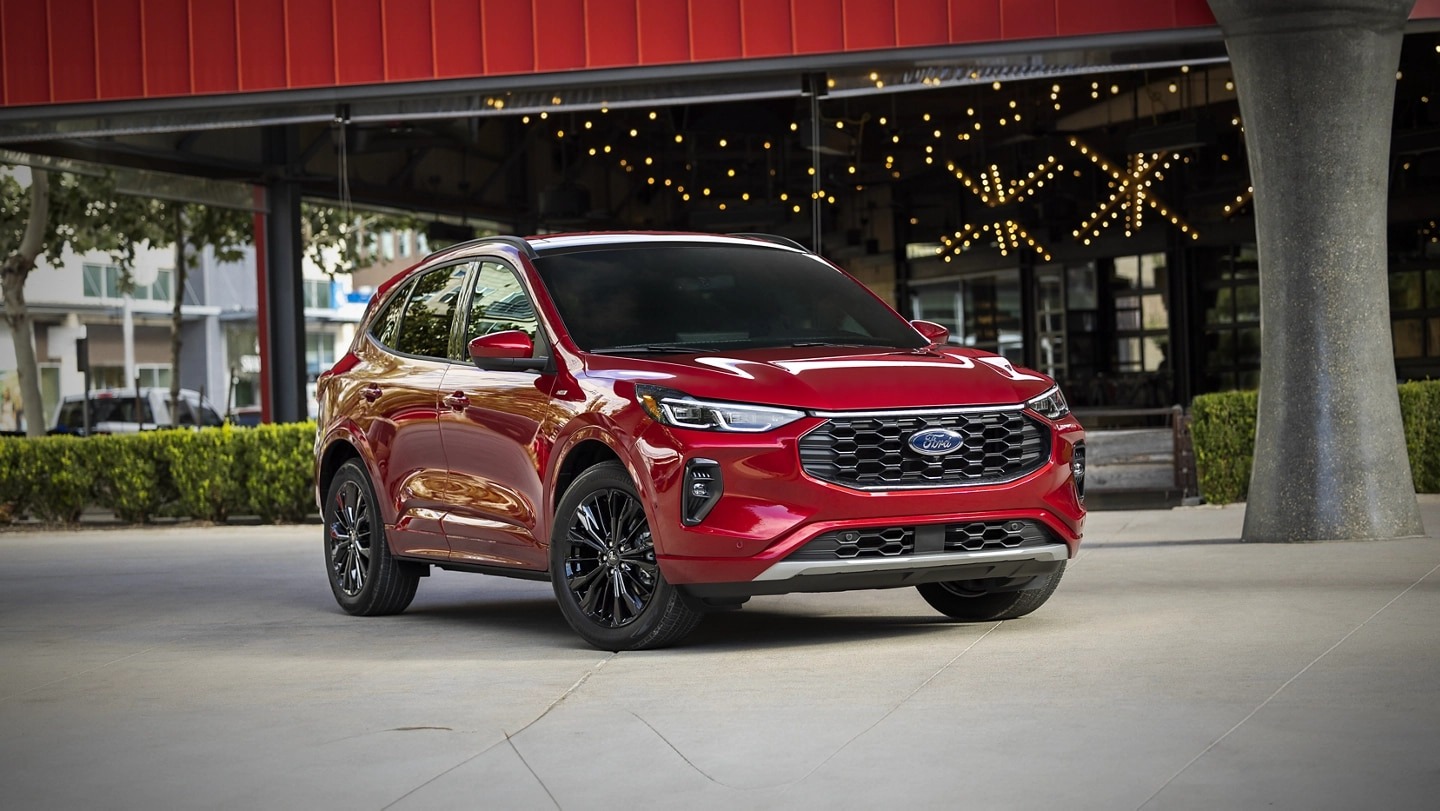
Flaws in the 2008–2012 Escape’s rust protection remind us that even trusted manufacturers sometimes falter, and these stumbles have expensive, visible consequences.
Mechanics now routinely advise extra underbody protection or annual touch-ups for any Escape from this period, attesting to the severity of its winter vulnerability.
3. Mazda 3 (2004–2010)
Mazda’s first-generation 3 compact cars offer a striking example of how insufficient rust protection can undermine an otherwise celebrated model. Praised for its nimble handling, fuel economy, and value, the Mazda 3 was a sales success on paper.
However, drivers in cold climates quickly noticed widespread rust forming under the rear wheel arches and along the bottom edges of the doors, often within as few as four or five winters.
A combination of thin paint applications, limited undercarriage protection, and exposed weld seams created a perfect storm for corrosion. In many cases, not even diligent washing could stave off the inevitable.
Owners reported that visible rust appeared faster than on nearly any competitor in its segment.
While Mazda has since improved its manufacturing techniques, those owning or buying older Mazda 3s in wintery climates must brace for significant repair bills or the gradual disintegration of cosmetic and structural components.
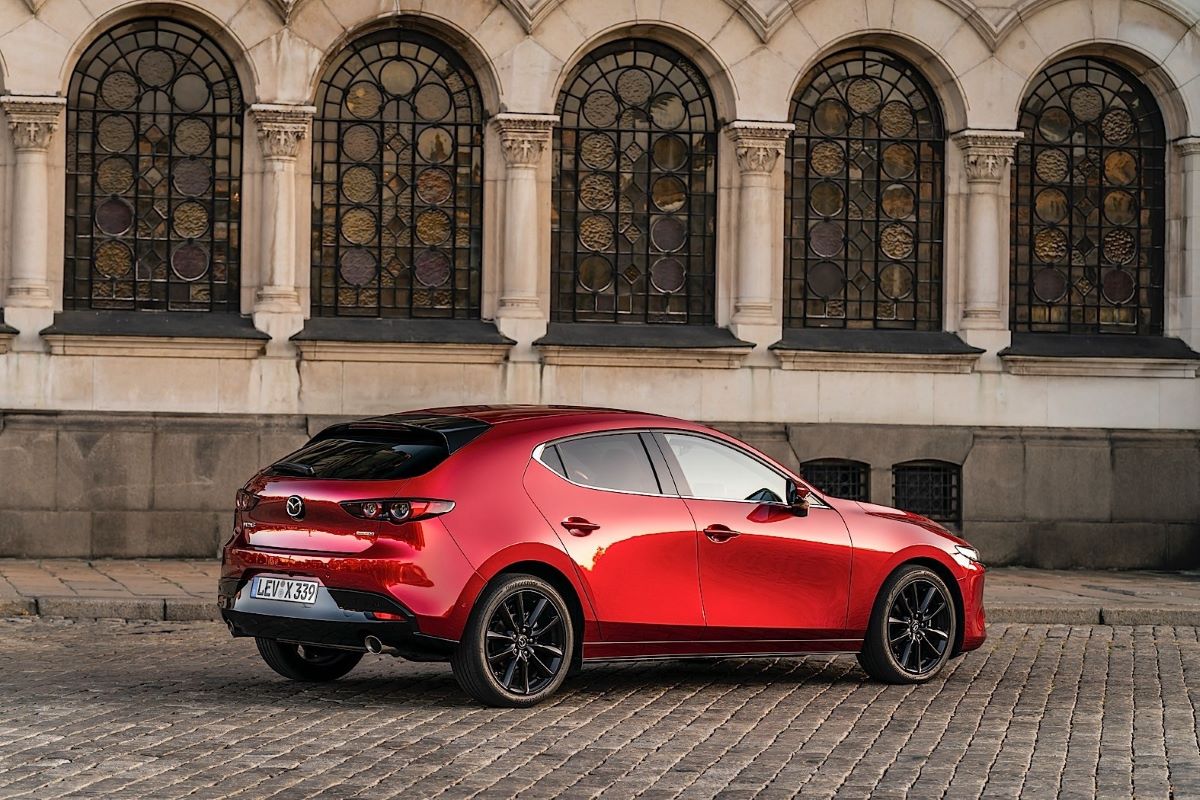
The example of the Mazda 3 serves as a cautionary tale that rust is more than an aesthetic problem. Its tendency to corrode became so well-known that resale values plummeted in northern states and Canadian provinces.
By writing about the Mazda 3 here, the intention is to help buyers recognize the very real long-term costs that can arise from overlooked or outdated corrosion protection technology.
4. Nissan Altima (2002–2006)
The early-2000s Nissan Altima is a reminder that even mainstream sedans can fall victim to rust if manufacturer protection fails to keep up with climate challenges.
According to numerous owner reports, Altimas produced between 2002 and 2006 begin to suffer from body panel rust as well as corrosion around the strut mounts and undercarriage after just a few harsh winters. These issues are most pronounced in states where salt and deicing compounds are commonly used.
Several weaknesses have been identified by mechanics: the wheel wells often lack sufficient liner protection, allowing salt to contact bare metal; the paint process failed to provide robust coverage, especially near hidden seams and under the hood; and inadequate water drainage meant that moisture could pool in critical areas.
Some Altima owners, stunned by premature rusting, discovered extensive damage only after hearing rattles or seeing bubbling paint, by which point repairs are expensive and often not worth the effort.
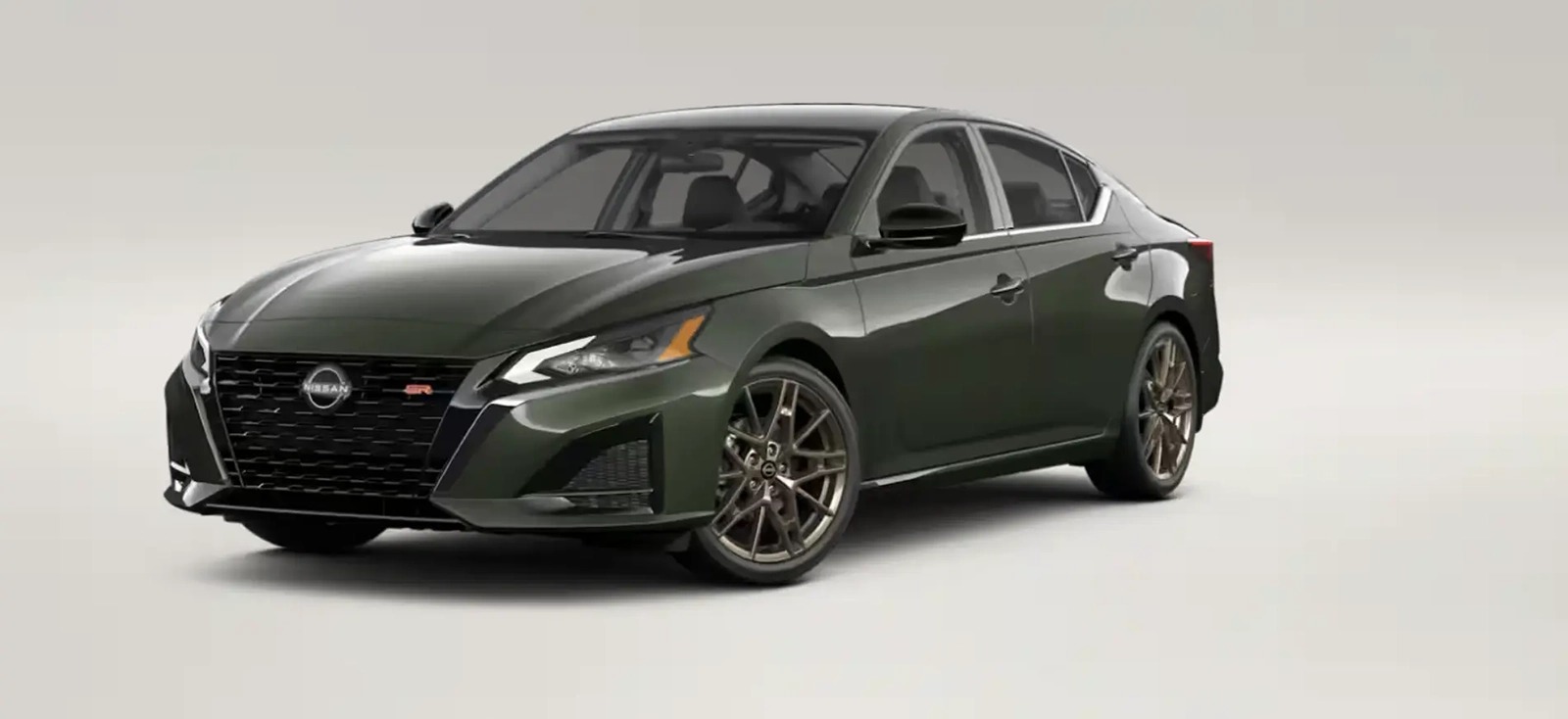
The Nissan Altima from these years is frequently cited in rust comparison forums and technical bulletins as a sedan to avoid for anyone in a snowy region.
Its inclusion in this discussion is meant to draw attention to how friendly purchase prices can mask costly ownership experiences when cars aren’t engineered for corrosion resistance.
5. Dodge Caravan / Chrysler Town & Country (2001–2007)
Few vehicles are as family-oriented as the Dodge Caravan and its Chrysler Town & Country cousin, but buyers needing affordable minivan solutions in wintry climates unfortunately often learn about severe rust issues the hard way.
Models from 2001 to 2007 show a high propensity for rapid corrosion along rocker panels, sliding door tracks, and undercarriage supports, especially in regions where the roads are treated with salt.
Manufacturing approaches during these years relied on cost-effective but inadequate coatings, and the vehicles’ design allowed water to become trapped along seams and beneath plastic trim.
Even garages or regular rinsing struggled to prevent rust from appearing below the doors, around the rear wheels, and underneath the van’s structure. The sheer number of affected families is a testament to the popularity and exposure of these models.
Owners often find themselves frustrated, as the mechanical longevity and practicality of these minivans stands in sharp contrast to the cosmetic and structural issues caused by rust.
This contradiction has driven some buyers to seek aftermarket undercoating or even sell their vans prematurely.
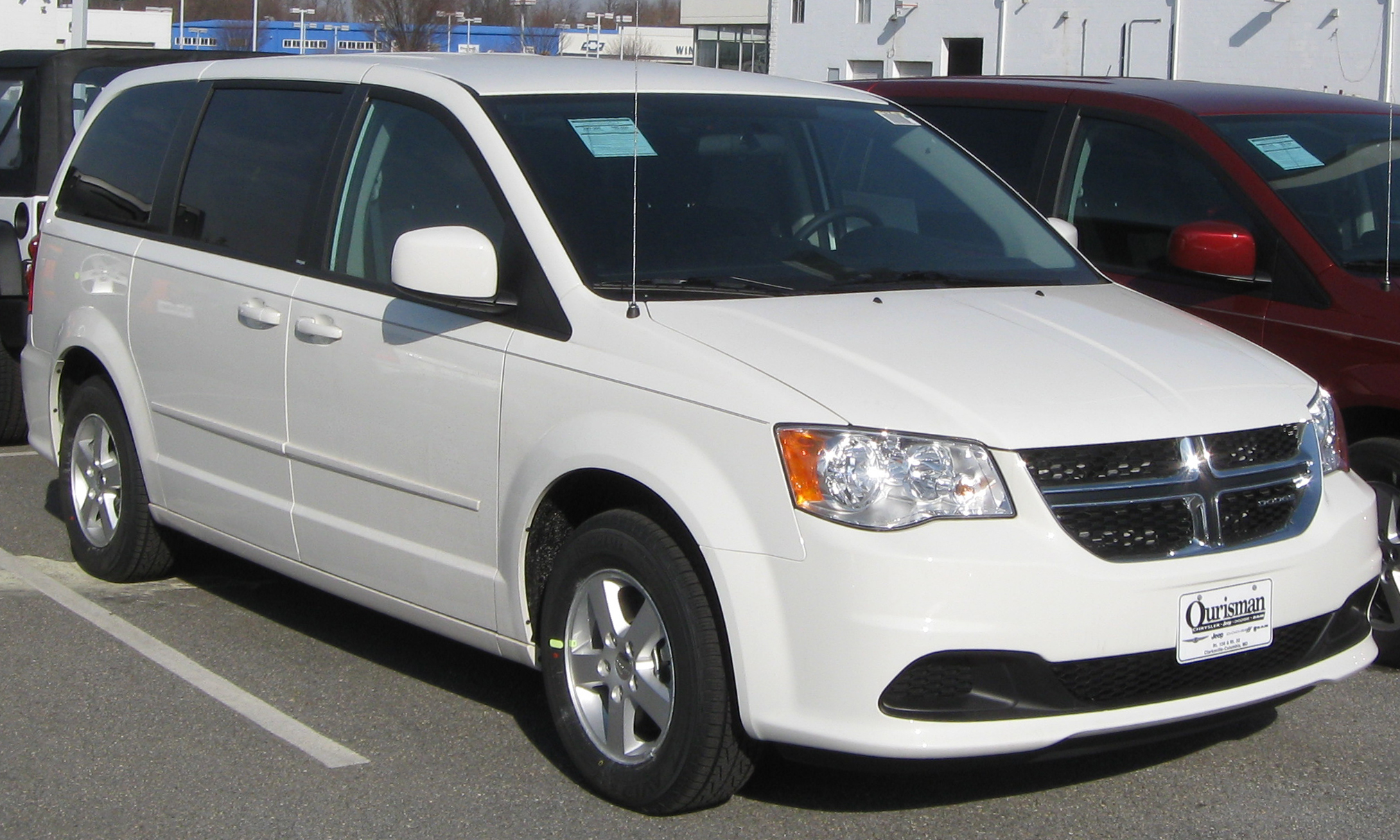
Highlighting the Dodge Caravan and Chrysler Town & Country here spotlights the overlooked reality that rust problems do not discriminate by body style; family vehicles are just as susceptible when design and materials fail to keep pace with environmental demands.
This article has highlighted five vehicles respected for their rust resistance along with five that have long struggled with premature corrosion, providing context, technical details, and owner perspectives throughout.
The aim is to help buyers make informed decisions and to encourage ongoing improvements in materials and manufacturing processes that serve everyone driving where winters are an unavoidable test of endurance.
Also Read: 5 Cars With Quick Fob Programming vs 5 With Cumbersome Procedures

